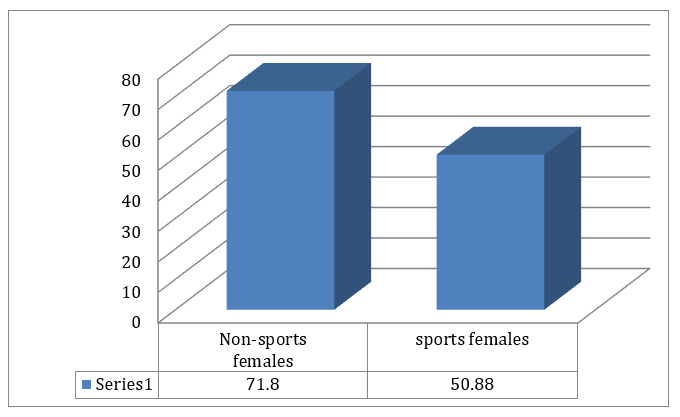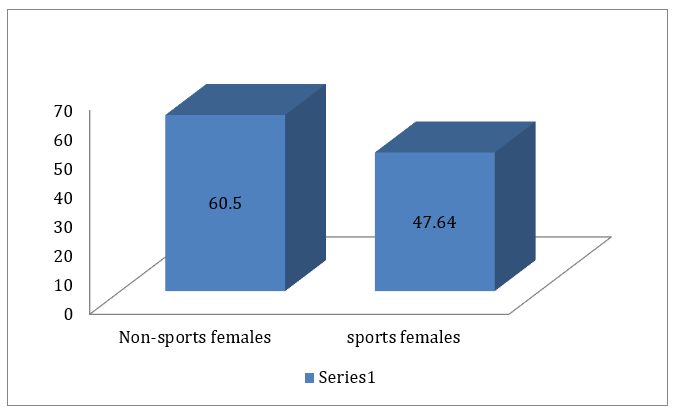A Comparative Study Of Body Image And Body Shape Among College Female Students.
R1*†, Rani U2†
DOI:https://doi.org/10.55968/ijems.v14i02.520
1*† Ritu, Phd Scholar, Department of Physical Education, Kurukshetra University, Kurukshetra, Haryana, India.
2† Usha Rani, Dean Faculty of Education, Chairperson Department of Physical Education, Kurukshetra University, Kurukshetra, Haryana, India.
This study aims to examine the differences in body image and body shape perceptions between female college students engaged in sports and those not involved in sports activities in Hisar District, Haryana. Understanding these differences can provide insights into the impact of sports participation on body perception among young women. A descriptive survey design was employed, involving 100 randomly selected female college students aged 18–25 years. The sample was equally divided into two groups: 50 sports participants and 50 non-sports participants. Data collection instruments included the Body-Image Questionnaire developed by Bruchon-Schweitzer (1987) and the Body Shape Questionnaire by Cooper et al. (1986). Statistical analyses, including mean, standard deviation, and independent t-tests, were conducted to identify significant differences between the groups. The findings revealed significant differences between sports and non-sports female students in both body image and body shape perceptions. Sports participants reported more positive body image scores (M = 50.88, SD = 17.59) compared to non-sports participants (M = 71.80, SD = 11.67), with a t-value of 6.86 (p < 0.05). Similarly, significant differences were observed in body shape perceptions, with sports participants scoring lower (M = 47.64, SD = 16.70) than non-sports participants (M = 60.50, SD = 22.01), yielding a t-value of 3.29 (p < 0.05).The study concludes that participation in sports is associated with more positive body image and body shape perceptions among female college students. These findings underscore the importance of promoting sports and physical activities to enhance body satisfaction and overall well-being in young women.
Keywords: Female, Body Image, Body Shape
| Corresponding Author | How to Cite this Article | To Browse |
|---|---|---|
| , Phd Scholar, Department of Physical Education, Kurukshetra University, Kurukshetra, Haryana, India. Email: |
R, Rani U. A Comparative Study Of Body Image And Body Shape Among College Female Students.. ijems. 2025;14(02):39-43. Available From https://ijems.net/index.php/ijem/article/view/520/ |


 ©
© 
